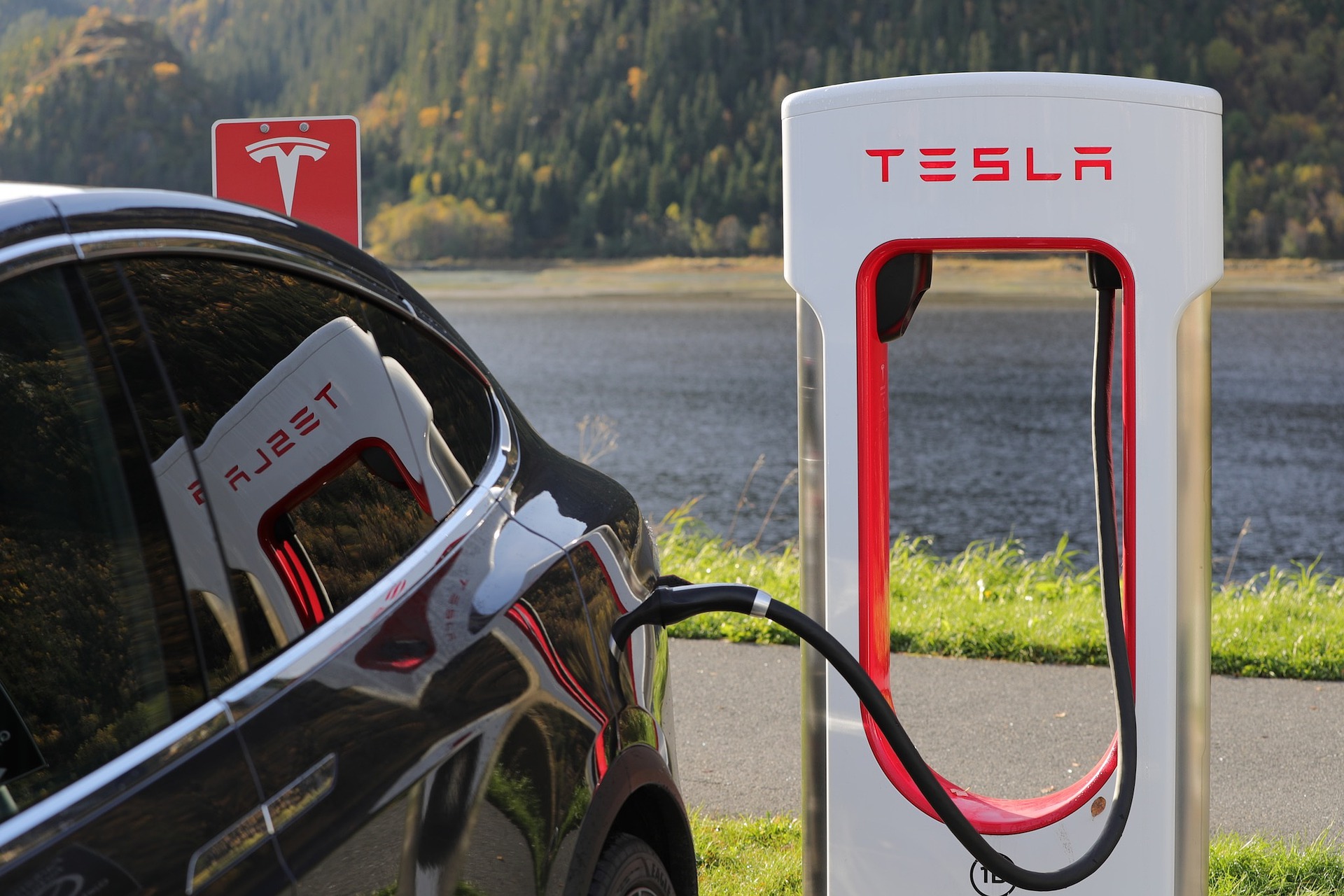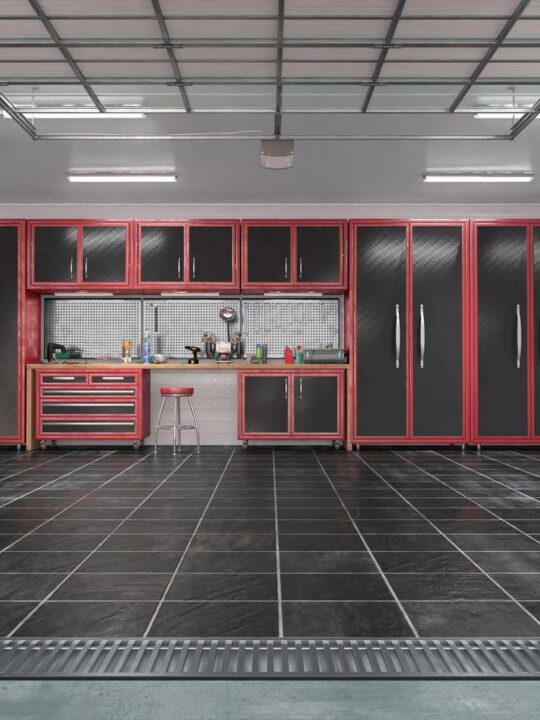 You may ask, “How much power does a Tesla powerwall hold?” Well, when it comes to battery storage, the Tesla Powerwall holds up to 13.5 kWh of electricity. However, the actual capacity of a Powerwall will depend on the type of appliances you have and the time of year. The average American home uses about 30 kWh a day. However, this amount can vary considerably depending on the season, the type of appliances, and the number of people living in your home.
You may ask, “How much power does a Tesla powerwall hold?” Well, when it comes to battery storage, the Tesla Powerwall holds up to 13.5 kWh of electricity. However, the actual capacity of a Powerwall will depend on the type of appliances you have and the time of year. The average American home uses about 30 kWh a day. However, this amount can vary considerably depending on the season, the type of appliances, and the number of people living in your home.
Table of Contents
Tesla Powerwall
The Tesla Powerwall is an energy storage device that stores power from the sun. It has a capacity of 13.5 kWh and can provide energy for up to 14 hours of continuous power. This amount should be sufficient to power most of your appliances and lights. However, it depends on the type of appliances you have and what time of year you live.
If you’re concerned about the environment, the Tesla Powerwall could help you meet your goals of living more sustainably. Not only will you use fewer fossil fuels to generate electricity, but you’ll also save on your monthly energy bills. This battery is stackable so that you can add more when needed. It also comes with a five-year warranty and is made in the USA. Although it may seem expensive, it is well worth the price and convenience.
The price for the Tesla Powerwall is about $10,500 if you purchase it directly from the company. This is a steep price, but the total cost of installation will fall to $11,000 or less if you purchase two. You should be able to find a Tesla installer who can install the system for you.
The Tesla Powerwall is a stationary lithium-ion energy storage product. It is manufactured by Tesla Energy and is used to store electricity for solar self-consumption, time-of-use load balancing, and backup power. The product was first introduced in 2015 and is currently in limited production.
The Powerwall is sold online from the Tesla website. It can also be purchased through an energy storage company or solar installation company. However, installing energy storage technology is a complex process that requires electrical expertise, certifications, and knowledge of best practices. If you want to do the installation yourself, consider hiring a professional who has experience in this type of installation.
The Tesla Powerwall has an internal battery that can store up to 13.5 kWh of power. This is more than enough power for an average household to run a few basic appliances for a day. Depending on your energy usage, you may need more than one Powerwall to cover all your needs.
Battery life
The battery life of a Tesla Powerwall depends on a number of factors, including its capacity and its depth of discharge (DoD). As the battery is continuously discharged and recharged, it gradually loses its capacity. Typically, batteries reach 60% to 70% capacity after 10 years. The higher the DoD, the longer the battery will last.
The typical Powerwall battery will last between seven and ten years. If you use the battery only for lighting, it will last approximately eight months. However, there are some factors that can reduce the battery’s life, including the amount of usage and the type of household appliances. A typical user will use their battery for 0.8 to 1.2 cycles per day. This means that the battery will need to be recharged once every seven years or ten months.
The Tesla Powerwall’s battery has a storage capacity of 13.5 kWh. This capacity can vary depending on how much sunlight the panels receive on a typical day. In sunny conditions, the battery can last up to 2.5 days. This is enough to meet the needs of most households. However, if you’re planning on going completely off the grid, you’ll need two or more Powerwall batteries.
Installation
Installation of a Tesla Powerwall can be a complex process. It is important to hire a qualified professional to make sure you’re getting the right product for your home. You can use a handy tool provided by Tesla to find certified installers in your area. The process can be lengthy, and you may need to obtain several permits.
To get started, you’ll need a backup gateway connected to your main electrical panel and utility meter. You’ll also need a generation panel and a solar combiner, which aggregates solar energy. The battery itself is located inside your home, so you should hire a trained electrician to install it.
The installation of a Tesla Powerwall can save you money on utility bills while contributing to the environment. It is also smaller than other solar batteries, which means that it requires less maintenance. It will last much longer than most solar batteries, and it’s weatherproof.







